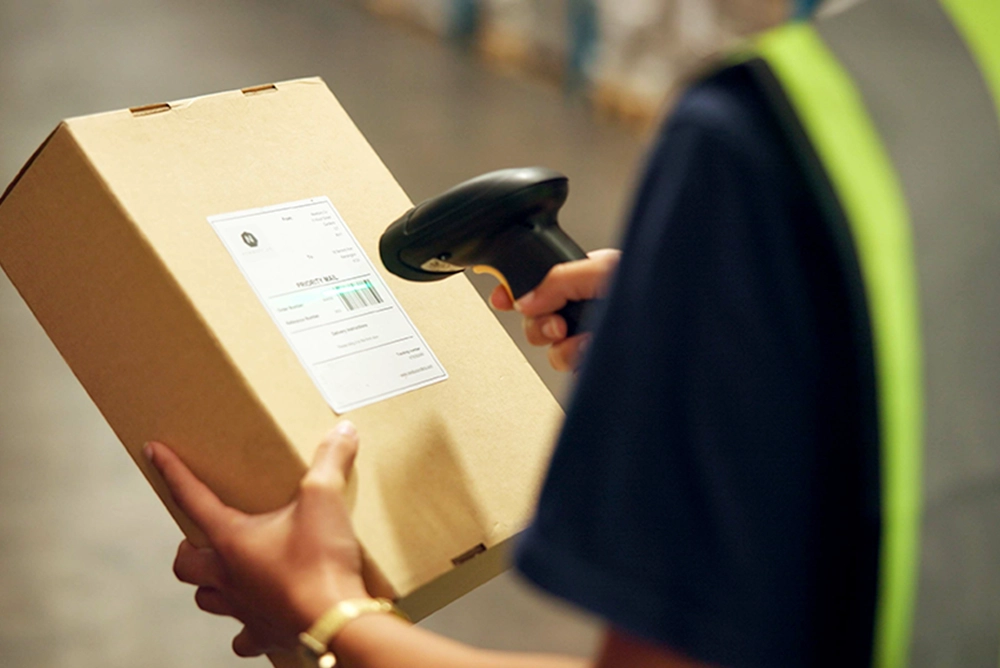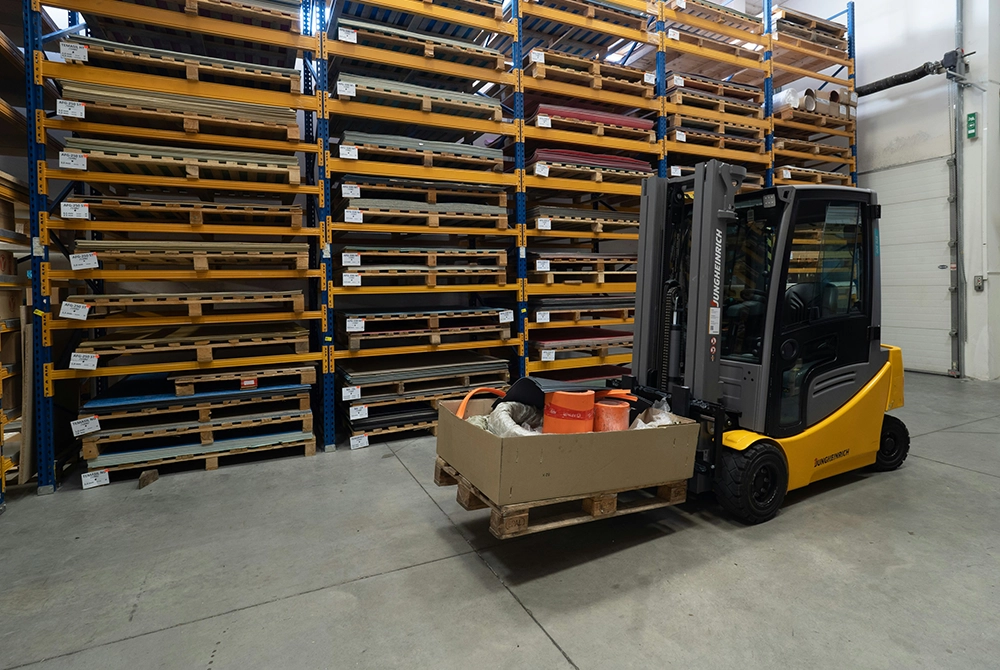If you are new to warehousing or logistics, you have probably heard the term WMS thrown around. But what exactly is a WMS?
A WMS or Warehouse management system is software used by warehouses to optimize operations. Whether you’re managing a small warehouse or overseeing a large 3PL this guide will walk you through what WMS is, how it works, and how it connects to a reliable warehouse operation.
What Is a Warehouse Management System?
A Warehouse Management System or WMS is a type of software design to support and optimize warehouse operations. It helps businesses control and track inventory from the moment it enters a facility until it leaves the warehouse.
A WMS is a digital command center for managing all aspects of warehouse activity, including receiving, picking, packing, shipping, and replenishment.
Core Functions of a WMS
WMS can handle a small group of tasks or a robust WMS can handle a wide range of operational tasks. Tasks that WMS can handle include:
Inventory Management
Tracking inventory in real time is a key role for WMS. The most basic warehouse management system will track inventory.
Tracking inventory minimizes stockouts and overstockying. WMS can alert when certain inventory is low and allows managers to look up inventory levels without having to physically locate the product.
Tracking inventory helps enhance inventory accuracy. When warehouses hire picking and packing workers they can easily track and find the inventory they are looking for. WMS tracking inventory also helps warehouses know how much warehouse temp staffing they need. If orders aren’t getting filled in time more temp labor might be needed.
Receiving and Putaway
WMS helps organize receiving and putaway of incoming shipments. WMS’s help organize incoming shipments and assigns storage locations based inventory type or demand.
This helps speed up the process and reduce manual data entry with barcode/RFID scanning
Order Picking and Packing
Robust WMS helps order picking and packing become faster and more efficient. WMS will guide workers through efficient picking routes to ensure the right products are being picked and packed.
Warehouse management systems can also optimize pack sizes and shipping methods to increase cost efficiency.
When picking and packing is down with temporary warehouse workers a WMS helps reduce picking errors and guide workers to be in the right place.
Shipping and Returns
Warehouse management systems can also help with shipping and returns. WMS can automate labeling and carrier selection, generate shipping documentation to help track returns and restock efficiently.
How a WMS Works
A warehouse management system works in 5 steps.
Integration with Other Systems
Most WMS platforms integrate with Enterprise Resource Planning, transport management, or inventory systems.
This ensures data flows smoothly between departs, such as sales and logistics
Receiving and Logging Inventory
When a shipment arrives, items are scanned and logged into the system. The WMS recommends putaway locations based on space, demand, or type.
The WMS will keep track of each individual item while it is in the warehouse.
Order Management
Once a customer order is received, the WMS assigns pickers, generates pick lists, and determines the optimal route.
Inventory is scanned again as the pickers pick the items for packing.
Packing and Shipping
Items are packed based on weight, fragility, or carrier requirements. Labels are printed and shipping carriers are automatically selected.
Performance Analysis
Dashboards and reports help managers identify bottlenecks, monitor KPIs, and forecast future needs.
Top Benefits of Using a WMS
- Efficiency Boost: Automates repetitive tasks and reduces human error.
- Cost Savings: Minimizes waste, overstocking, and shipping mistakes.
- Better Labor Utilization: Tracks and optimizes workforce productivity.
- Customer Satisfaction: Improves fulfillment accuracy and delivery times.
WMS are Just Part of Efficient Warehouse Operations
Even with the most advanced WMS, your operation is only as good as the people running it. That’s where on-demand staffing platforms like Bacon come in.
Bacon complements a WMS with flexibility, real-time scheduling, and reliability. Bacon has flexibility that is especially important during busy seasons. When order volume spikes, you can instantly pick up warehouse shifts with qualified workers.
Real-time scheduling allows managers to post shifts and fill shifts within hours not weeks. Bacon provides visibility into worker reliability with the Bacon Score. Which is something temp agencies near you can’t provide.
Businesses can staff warehouse shifts for common roles with warehouse job apps. Including finding pickers and packers, inventory counters, shipping and receiving clerks, and general labor.
With Bacon, it’s easy to find warehouse staff, especially during peak seasons or when your regular team is stretched thin.
Conclusion
A Warehouse Management System is the backbone of a well-run warehouse. It helps optimize inventory flow, streamline operations, and enhance workforce management.
But don’t overlook the power of flexible staffing. Combining a smart WMS with a staffing platform like Bacon can help you find warehouse workers and adapt quickly to demand changes.
Ready to optimize your warehouse operations? Explore how Bacon can provide reliable, on-demand staff that work seamlessly alongside your WMS.






